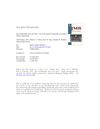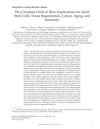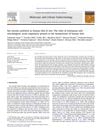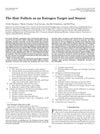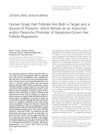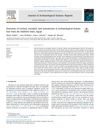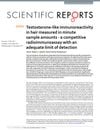Quantification of Reproductive Hormones in Hair of Captive Adult Brown Bears and Their Application as Indicators of Sex and Reproductive State
January 2017
in “
Conservation physiology
”
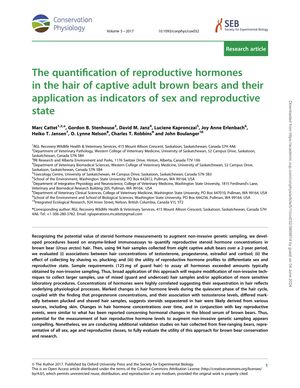
TLDR Measuring reproductive hormones in brown bear hair could help identify their sex and reproductive state, but better collection methods or lab techniques are needed.
In a study involving 94 hair samples from eight captive adult brown bears over two years, researchers developed procedures to measure reproductive steroid hormone concentrations in hair using enzyme-linked immunoassays. They investigated the relationships between testosterone, progesterone, estradiol, and cortisol levels in hair, the impact of hair collection methods (shaving vs. plucking), and the potential of hormone profiles to identify sex and reproductive status. The study found that the required sample size (125 mg of guard hair) for hormone assays was larger than what is typically collected non-invasively, indicating a need for improved collection methods or more sensitive lab techniques. Hormone concentrations were highly correlated, suggesting they reflect physiological processes, and varied with the hair growth cycle and reproductive events, similar to patterns seen in blood serum. However, differences in hormone levels between plucked and shaved samples indicated multiple sources of hormone deposition in hair. The findings suggest that measuring hair hormone levels could enhance non-invasive genetic sampling for brown bear conservation and research, but further validation with free-ranging bears of all sexes, ages, and reproductive states is needed.

